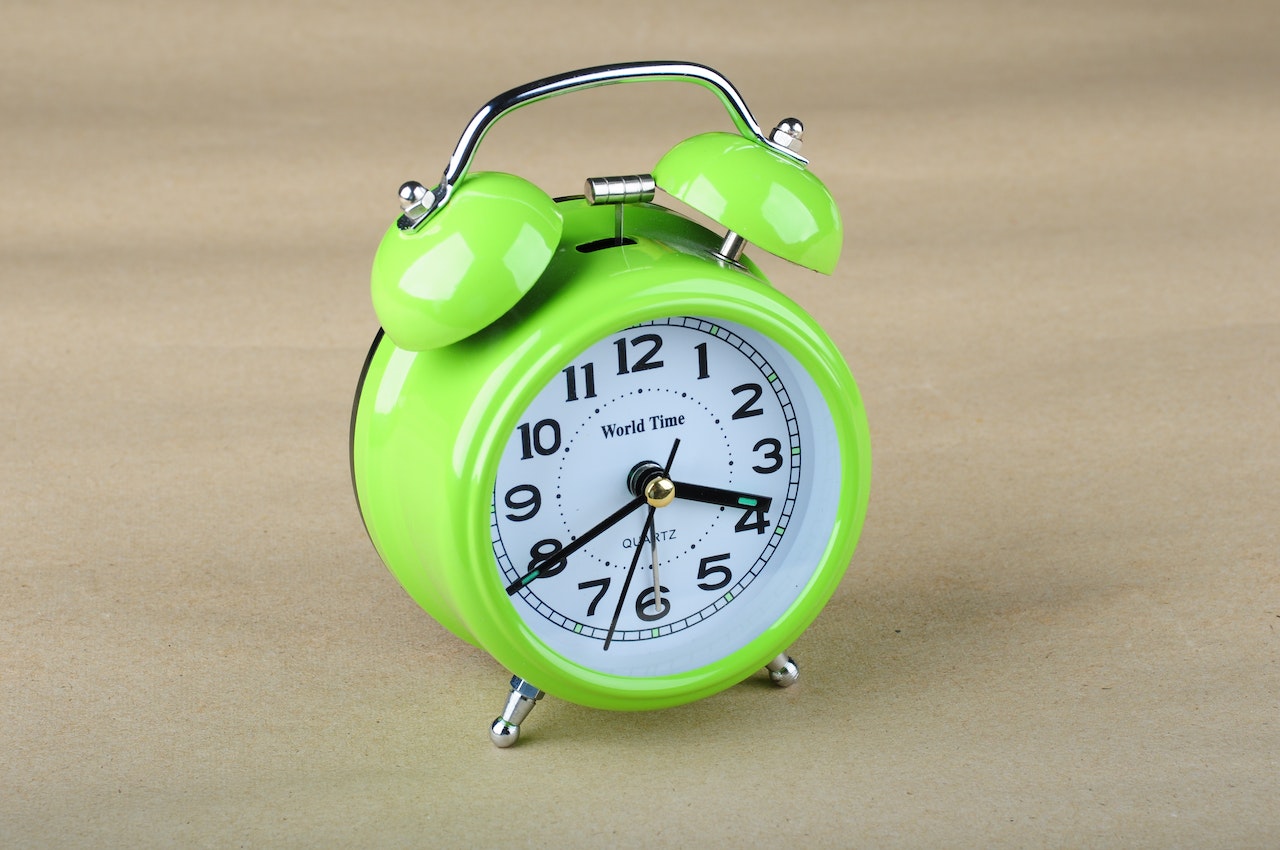If you’re in the business of custom t-shirt printing, then you know that achieving vibrant and long-lasting prints is key to satisfying your customers. Okay, don’t get me wrong, once you’ve invested in the best Tshirt heat press machine, the end results will definitely be great. But how exactly can you make sure that your designs pop with color and withstand countless washes? Fear not, because we’re going to answer this very question below.
Pre-Press Your T-Shirts
 Prepping your t-shirts before the printing process is crucial to achieving professional-looking results. Start by giving them a thorough wash to remove any dirt or chemicals that may affect the adhesion of the transfer materials. Once clean, make sure they are completely dry before moving on. Next, you’ll want to pre-press your t-shirts using a heat press machine. This step helps eliminate moisture and wrinkles, ensuring a smooth surface for printing. Place a good-quality Teflon sheet or parchment paper over the area where you’ll be applying the design, then press it with medium pressure and temperature for around 5 seconds.
Prepping your t-shirts before the printing process is crucial to achieving professional-looking results. Start by giving them a thorough wash to remove any dirt or chemicals that may affect the adhesion of the transfer materials. Once clean, make sure they are completely dry before moving on. Next, you’ll want to pre-press your t-shirts using a heat press machine. This step helps eliminate moisture and wrinkles, ensuring a smooth surface for printing. Place a good-quality Teflon sheet or parchment paper over the area where you’ll be applying the design, then press it with medium pressure and temperature for around 5 seconds.
Choose the Right Transfer Materials
Now, it’s time to position your transfer design on the shirt. But before that, be sure you’re using the right transfer materials, as they can greatly impact the quality and longevity of your designs. So consider the fabric composition of the shirts you will be printing on. Different fabrics require different types of transfer materials. For example, if you’re working with 100% cotton shirts, traditional plastisol transfers may work well.
However, if you are printing on polyester or performance fabrics, sublimation, or heat transfer, vinyl might be a better choice. Think about the design itself. Will it have intricate details or multiple colors? If so, you’ll want to opt for a transfer material that can handle these complexities without sacrificing clarity or vibrancy. Heat-transfer vinyl and screen-printed transfers are both great options for detailed designs.

Monitor the Time and Temperature Used
This step ensures that your designs are properly transferred onto the fabric, resulting in high-quality prints that will withstand multiple washes. To start, always refer to the manufacturer’s instructions for recommended time and temperature settings. These guidelines serve as a valuable starting point but may need adjustments based on factors such as the type of transfer material used or your specific heat press machine. During each pressing cycle, keep a close eye on both the timer and temperature gauge. Set a timer to ensure consistent application times across all shirts in your production run. This helps prevent under or overexposure to heat, which can affect print quality and durability.
Nail the Post-Press Care
Once your heat press process is complete, remove the shirt from the machine immediately. Be careful not to touch or smudge the design while it’s still hot – give it a few minutes to cool down before handling. Once cooled, gently peel off any protective film or paper used during pressing. Take care not to tug or pull at the design, as this can cause cracking or peeling over time.
Next, allow your shirts to be fully cured before washing them. This typically requires waiting 24 hours after pressing. During this time, avoid folding or stacking them on top of each other in order to prevent unwanted creases. For washing your printed shirts, turn them inside out before tossing them in the machine. This helps protect both the print and fabric from abrasion against other garments.
Achieving vibrant and durable t-shirt prints for your business is not an easy task, but with the right techniques and tools, it can be done. By following these heat press tips, you can ensure that your designs come out looking professional and long-lasting.

